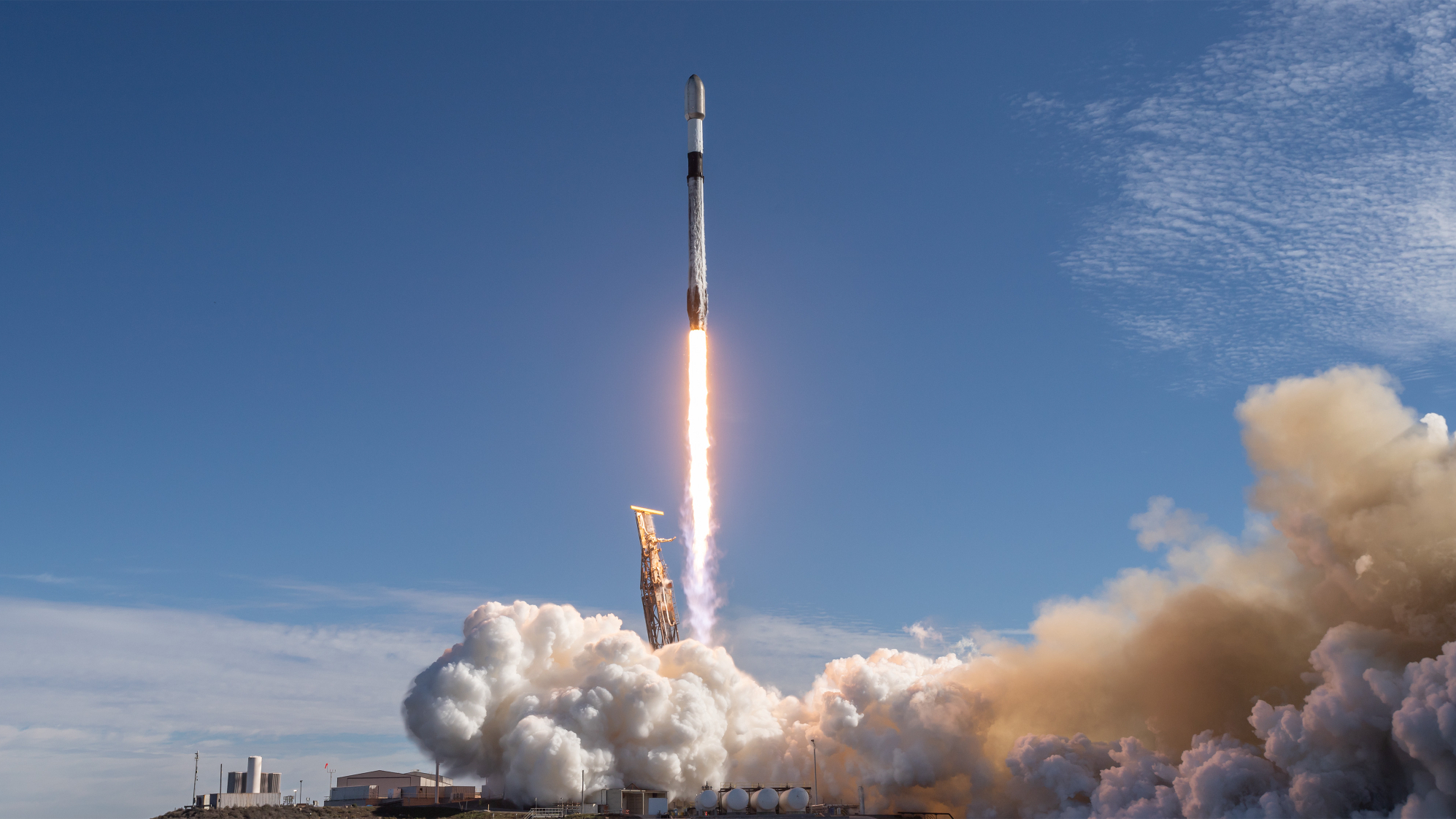A tiny galaxy ceased making stars for billions of years. Then it rebooted.
Researchers used the James Webb Space Telescope to zero in on a dwarf galaxy that suddenly started making stars after a billions-of-years-long pause.


Most small galaxies that stopped making new stars in the early universe never resumed operations. Something caused their celestial factories to shutter.
But researchers have used the James Webb Space Telescope, a collaboration of NASA and its European and Canadian space counterparts, to zero in on a dwarf galaxy that bucked the trend, rebooting its star formation after a billions-of-years-long hiatus.
The dwarf galaxy, known as Leo P and about 5.3 million light-years from Earth, is offering new insights into galaxy evolution and the factors necessary to keep galaxies growing and churning out new stars.
"We have a measurement like this for only three other galaxies — all isolated from the Milky Way — and they all show a similar pattern," said Kristen McQuinn, the principal investigator on the study, in a statement.

Astronomers have learned that galaxies tend to start out small and grow larger by collecting gas and merging with other galaxies. But most dwarf galaxies that made stars before the so-called Epoch of Reionization never got back to business after.
Reionization was an era of major transition that occurred more than 13 billion years ago. It was when the baby universe transformed from a neutral state to one filled with free electrons and protons.
Prior to it, the gas in the primitive universe was mostly opaque. That's why scientists refer to the period before as the cosmic "dark ages." Researchers are trying to better understand the processes that allowed the universe to become fairly transparent.
Because most of the tiny galaxies turned off their star-making activity in the first few billion years after the Big Bang, many scientists have thought reionization was the reason. But that understanding may be skewed by biased data.

Most studies have focused on small galaxies nearby, making it difficult to conclude whether it was reionization or some other environmental factors, like the influence of neighboring large galaxies, including the Milky Way. Galaxies in denser clusters are surrounded by hot gas, stymying the collection and cooling of gas needed to churn out new stars.
That's why McQuinn's team picked Leo P, a more isolated galaxy than the 80-or-so tiny ones within our region of space, known to astronomers as the "local group." The findings, presented at the 245th meeting of the American Astronomical Society in Maryland this past week, are published in The Astrophysical Journal.
Leo P — the P stands for "pristine" — is mostly composed of hydrogen and helium, the same primitive material that emerged out of the Big Bang. Given that most of the chemicals in the universe are thought to have come from exploded dead stars, scientists have rationalized that the firstborn stars must have been almost entirely formed of these original elements.

The researchers used Webb to take pictures of Leo P, gathering data for some 15,000 stars. By measuring their brightness and color, astronomers could estimate the stars' ages. This allowed them to map out the stellar birth rate over time.
The team speculates that high heat in the galaxy may have suspended star formation. Then, as the universe cooled down, stars began to form again. But why would Leo P experience a renaissance that many others galaxies of its kind wouldn't?
Perhaps it's not just the mass of the galaxy that mattered but whether it was close to larger galaxies, too.
The team intends to study four more isolated dwarf galaxies to see if they share similar star-forming history.







































































